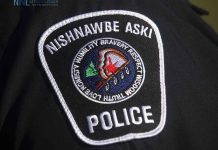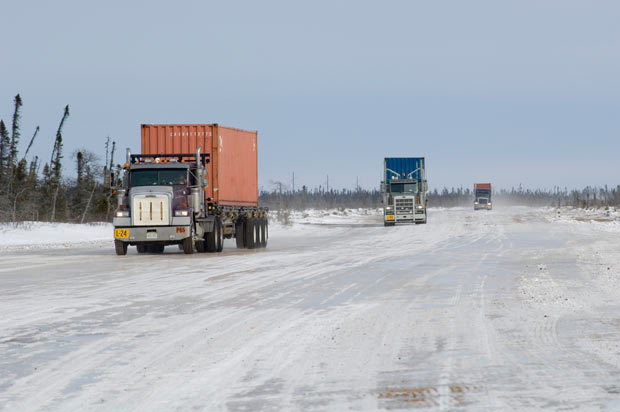
Communities Face Tough Choices in the Battle Against Overdose Epidemic
THUNDER BAY – The opioid and fentanyl crisis has devastated First Nations communities across Canada, hitting both road-access and remote fly-in communities especially hard. As overdoses rise and families grieve lost loved ones, many acknowledge a painful truth: the people supplying these deadly drugs are often known within the community. Despite this awareness, fear and social stigma prevent action, allowing the crisis to deepen.
While the idea of “not being a rat” or that “snitches get stitches” remains deeply rooted in many communities, the reality is that staying silent enables the dealers to continue poisoning the people.
The question facing many First Nations is clear—how can communities break the cycle and take back control?
The Toll of the Opioid Crisis on First Nations
The opioid epidemic has had a disproportionate impact on Indigenous communities, where limited healthcare resources, high addiction rates, and historical trauma create the perfect storm for devastation.
Many First Nations are seeing record numbers of overdoses, and in some cases, entire generations are being affected. This issue was first raised long before it was a problem in Thunder Bay by First Nations leaders, but it sadly seems that those calls for help were ignored.
Now families are seeing their loved one, and young ones die from overdoses in Thunder Bay.
The crisis is not just about addiction; it affects families, leads to increased crime, and contributes to the erosion of cultural and community ties.
Elders warn that if action isn’t taken, entire communities risk being torn apart.
Who is Bringing the Drugs In?
In many First Nations communities, people are well aware of who is trafficking fentanyl, opioids, and other illicit drugs.
Bootleggers and drug dealers often exploit addiction for profit, preying on the vulnerable.
Yet, fear of retaliation and a sense of helplessness keep many from speaking out.
In remote communities, where access is controlled by air and water routes, stopping the supply chain should, in theory, be easier. However, corruption, intimidation, and even family ties to dealers make enforcement difficult.
Breaking the Code of Silence
One of the biggest obstacles to stopping the crisis is the culture of silence. Many hesitate to report dealers out of fear for their safety or because they do not want to be labeled as a “rat.” However, allowing dealers to operate unchecked only ensures that the crisis continues to worsen.
Communities that have successfully pushed back against the drug trade have done so through unity, support networks, and collaboration with law enforcement. In some cases, anonymous tip lines and band council-led initiatives have helped remove dangerous individuals from communities.
A Community-Led Approach to Solutions
First Nations across Canada are exploring ways to take control of the crisis. Some of the most effective strategies include:
- Community Policing & Bans: Some First Nations have taken matters into their own hands by banning known dealers and bootleggers from the community. This is often done by “Band Council Resolution” or BCR.
- Anonymous Reporting: Establishing secure ways for community members to report dealers without fear of retaliation.
- Elder and Youth Engagement: Involving respected community members in outreach and prevention efforts. One path is having Elders and Youth at the airport doing baggage inspection supported by NAPS or the OPP if they are in the community.
- Healing and Rehabilitation Services: Ensuring those struggling with addiction have access to treatment rather than punishment.
The Need for Action Now
The reality is that every overdose is preventable, and every life lost is a tragedy. First Nations communities have long fought against external threats, and now, the battle is against a crisis that is destroying lives from within.
The question remains—will communities continue to stay silent, or will they take action to remove the poison from their lands? Breaking the cycle starts with speaking up.






